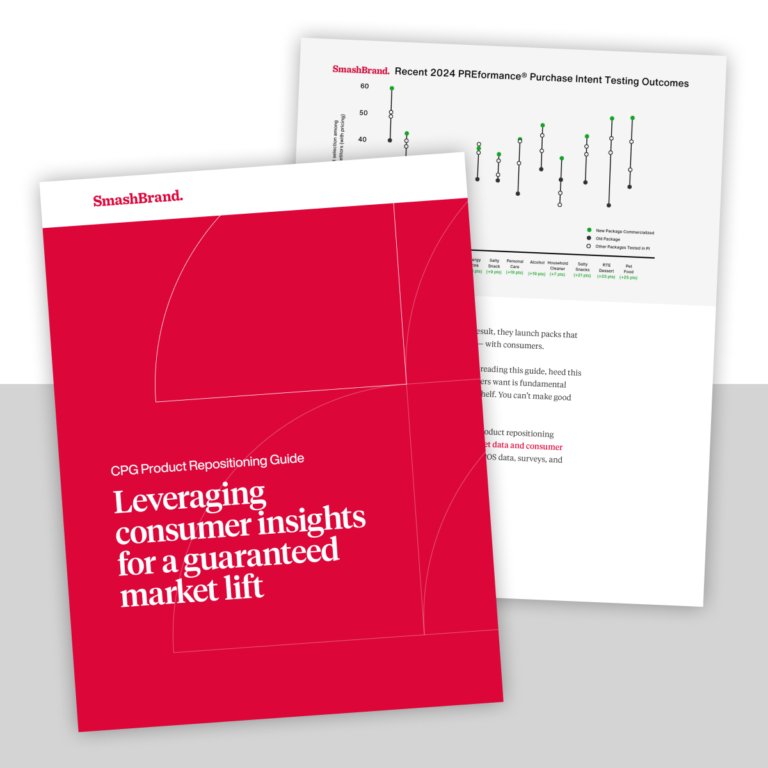Even though we might have ridiculed food labels that disclose the terrifying reality that their product may or may not have been manufactured with, near or in the same hemisphere as a peanut, this information is very important to the unfortunate segment of the population whose personal well-being is wholly dependent upon their proximity to the vicious legume.
Nut allergy reactions are very unpleasant to both those who suffer from them and those who are next to them while they are suffering from them, so if your product contains anything that could reasonably even be mistaken for a peanut product, we suggest you print the skull and crossbones warning and put an attorney on retainer.
The same basic warning label ethos goes for any type of tree nut, wheat, milk, eggs, soy, fish and shellfish, and if your food or cosmetic product contains any of these secret ingredients, you must disclose this fact or suffer dire consequences. This isn’t a matter of simple charity; food product manufacturers are legally required to display a label disclosing the presence of any of the eight major food allergens if the product isn’t in fresh, unadulterated form. So, if you grow and distribute whole peanuts, for example, you won’t be forced to take up valuable space with: Warning to those suffering from peanut allergies: there is nothing in this package that won’t kill you.
Warning Labels
Warning labels are pretty much relegated to the safe use of the product; if your product is a chef’s knife, your warning label may have to reveal the possibility that sharp things can cut you. If you manufacture individually wrapped hard candies, you may have to warn against giving them to little children who might choke. If you manufacture cleaning solvents packaged like fruit drinks, you may have to liquidate your remaining assets and close up shop right now.
It is up to the manufacturer to determine what features the consumer should be warned against and how. Nevertheless, while the warning should be clear and readable, it should be unobtrusive. Most importantly, it shouldn’t be so bold and frightening to suggest that the product might harm you without even being removed from the package.
Product Benefit Claims
No, we don’t mean the process by which a dead product’s relatives collect on a life insurance policy; we mean labels that suggest that a product can perform some wonderful feat, or that the ingredients are completely holy and blameless. “All Natural!” “Organic!” “Low Fat!” “Low Sodium!” These are some of the claims that cleverly imply that the product is healthful, without really guaranteeing it.
In terms of processed or synthetic ingredients that may be unpopular in today’s whole food, organic, back-to-nature, carbon footprint-awareness culture, you’re pretty much free to reveal or conceal at your own discretion – that is, if your food isn’t meant to be nutritious. However, suppose your product claims to be organic or have some properties that provide health benefits. In that case, the ingredient list should back up your claims – even if the proportion of healthful ingredients is so minuscule among all of the fillers that the consumer would have to eat twice his or her body weight in your product for the nutrients even to register. Shhh… we won’t tell.
The best policy is, obviously, full disclosure. It’s one thing if science later finds contradicting evidence to nutritional claims. We all thought trans-fats were better for us! Who knew? However, deliberate misrepresentation is another thing altogether, and even though one might be tempted to posture as a purveyor of organic products without lifting a finger to actually ensure that the ingredients are, in fact, organic, once the ruse is discovered, disaster ensues.
Consumers are quite savvy; they aren’t just reading food ingredient labels, they’re beginning to read cosmetic ingredients and cleaning ingredients, as well. Be forewarned.
Data-Driven Brand Development
Want a best-selling brand? SmashBrand is a brand development firm for FMCG and CPG companies. From brand strategy to packaging design testing, our Path To Performance™ process guarantees a retail performance lift. Book a time to discuss your project with our team.
Subscribe to
Nice Package.
A monthly newsletter that unpacks a critical topic in the FMCG & CPG industry.
Free Resource.

CPG product repositioning guide.
Explore the five undeniable signs your CPG product needs repositioning along with strategies for leveraging consumer insights for a guaranteed market lift.
Learn More About CPG product repositioning guide.